Gone are the days of waiting in long lines with paper tickets in hand. With QR code tickets, you can unlock a world of experiences - from concerts and sporting events to travel and entertainment.
Join us as we dive into the ins and outs of QR code for tickets technology, explore its benefits, and provide step-by-step instructions to ensure you're ready to embrace this innovative solution. Get ready to transform the way you experience events and make your ticketing process smoother than ever!

Part 1. What Is a QR Code on a Ticket?
QR code on ticket refers to the use of a QR code as a ticket (digital gateway). It encapsulates essential information and can be scanned using a smartphone or dedicated QR code reader for fast and efficient entry to an event, venue, or service. Once attendees arrive at the venue, they can quickly verify entry by showing their QR code ticket to event staff for scanning.

Part 2. Benefits of Using QR Code for Tickets vs Traditional Methods
QR code ticket systems have gained popularity in recent years and offer numerous advantages over traditional paper methods.
1. Cost
Traditional paper tickets often require significant printing and distribution costs, which can be particularly onerous for large events. In contrast, QR code ticket systems eliminate the need to produce physical tickets, providing significant cost savings for event organizers.
2. Attendee Experience
QR code tickets streamline the admission process, reduce wait times and improve the overall attendee experience. Using traditional methods, verifying tickets can be time-consuming, leading to long lines and potentially frustrating guests. However, scanning a QR code to check the authenticity of a ticket takes less than two seconds, greatly speeding up the admission process.
3. Security
One of the main benefits of QR code for tickets is the enhanced security they offer. Traditional paper tickets are susceptible to counterfeiting and unauthorized duplication, posing risks to event organizers. QR codes, on the other hand, offer a more secure alternative. Each QR code contains a unique identifier specifically designed to verify entry and detect fraudulent ticket activity.
Part 3. How to Create QR Code for Tickets
The first step to creating a QR code for your ticket is to choose a reliable QR code generator. There are many options available, but we recommend QRShow Ticket QR Code Generator. It is very easy to use and has many customization options, as well as allowing dynamic QR codes (which can be edited after creation).
- Create dynamic QR codes and modify ticket details even after they've been generated.
- Customize the design such as color, add a logo, and more.
- Provides real-time analytics and tracking capabilities, allowing you to monitor ticket sales and attendance
- Supports a variety of output formats, including PDF and image files.
Let's take a look at how to generate QR codes for tickets.
Step 1. Launch QRShow QR Code Generator
You can go to QRShow's web version to use it directly or sign up for a free account to experience more features.
Step 2. Enter your ticket information
Enter the information you decided on in your ticket. If it links to a website, paste the URL into the Website option. If you are going to create your ticket, select Event.
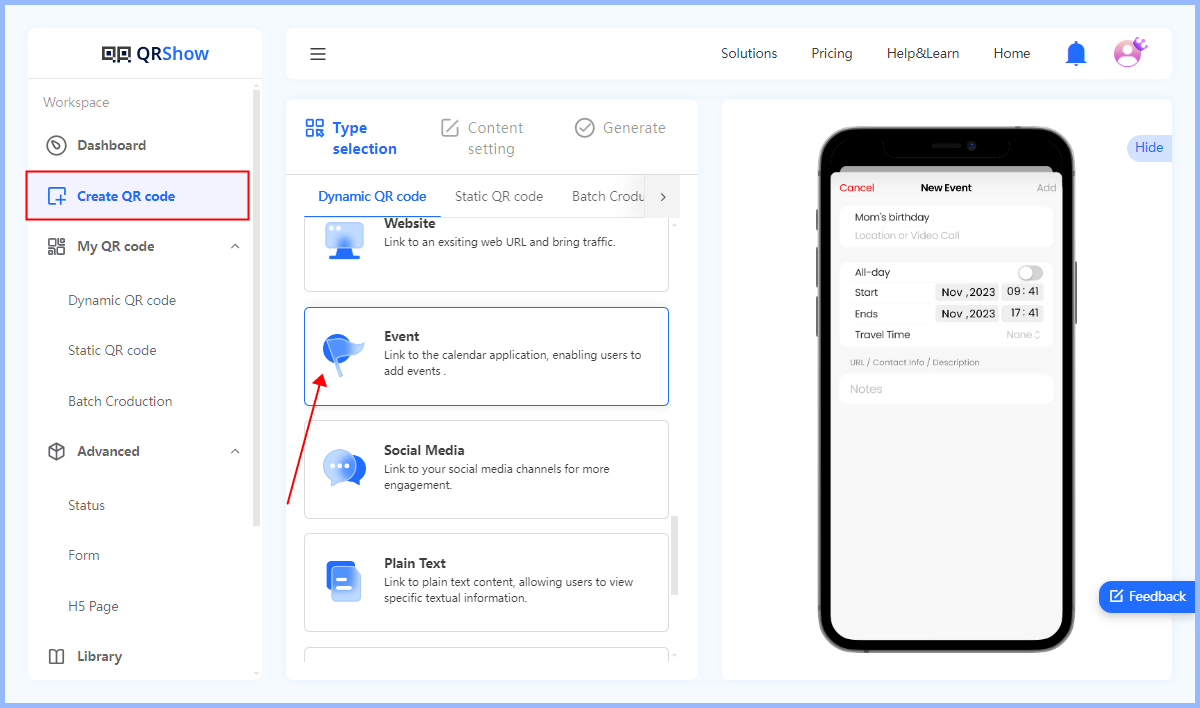
Optional. Customize your QR code
You are allowed to customize the appearance of your QR code. You can change the colors, add a logo, or tweak the design to match your brand.
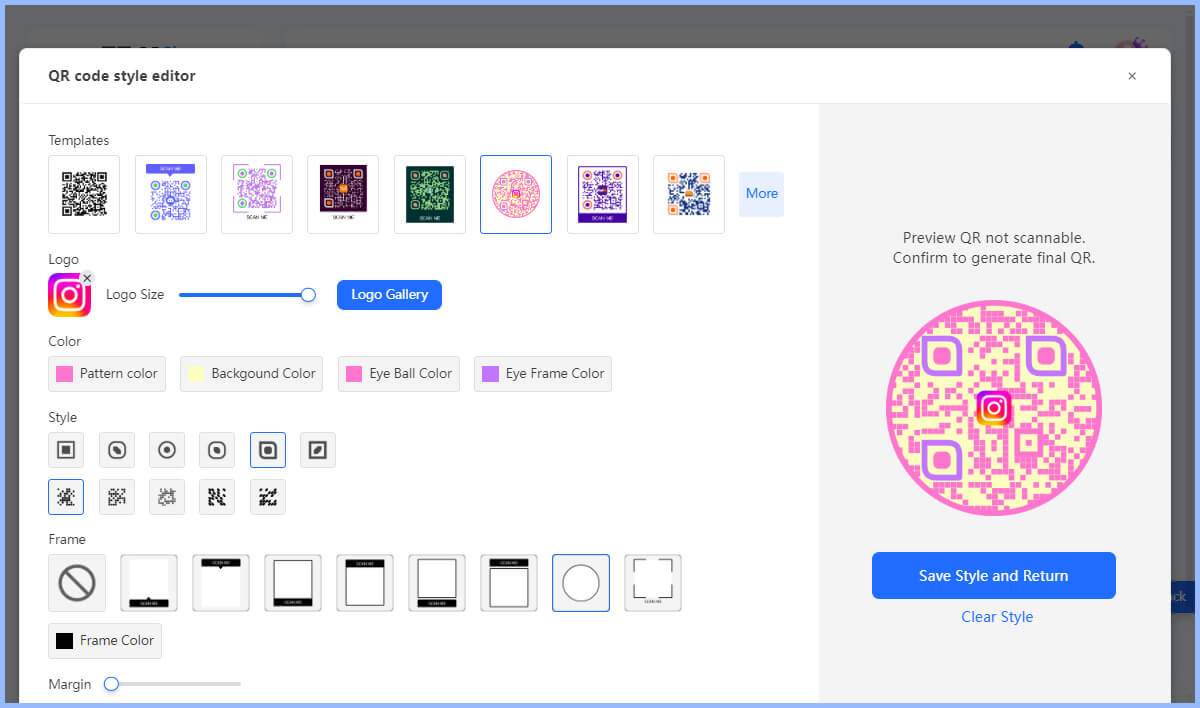
Step 3. Generate a QR code for your ticket
Click the Generate buttonto create your QR code. The generator will generate a QR code image that you can download.
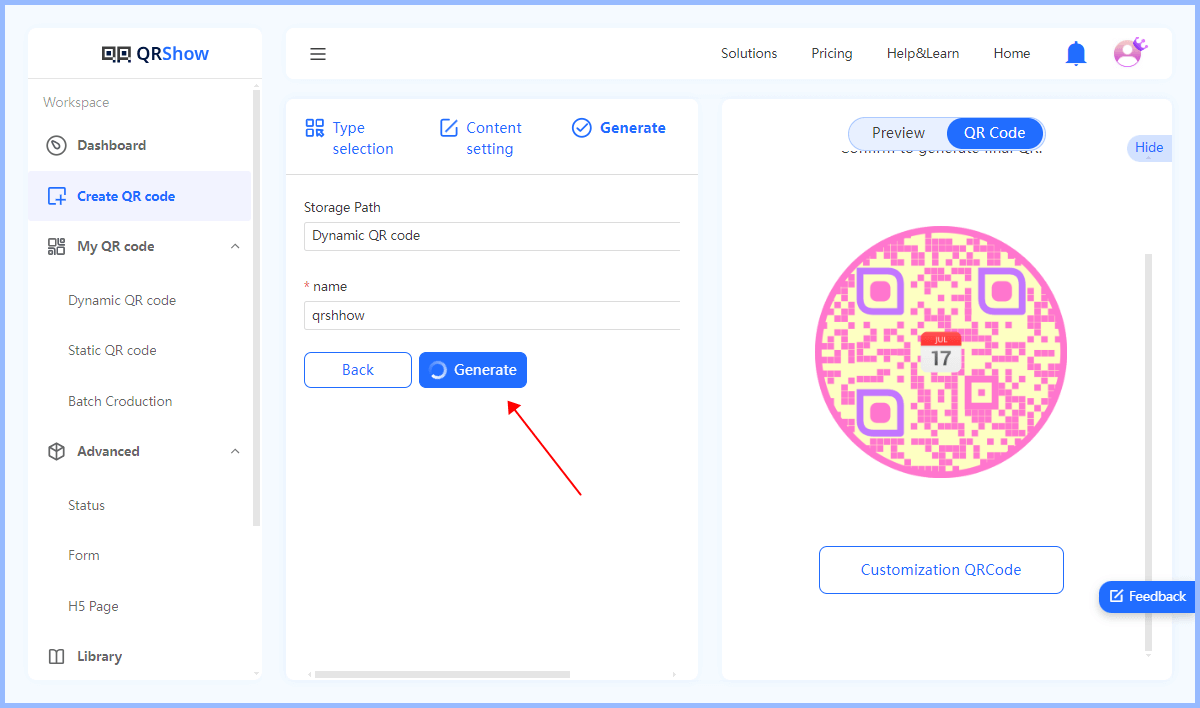
Step 4. Test your QR code
Before distributing your QR codes, it's critical to test them to make sure they work properly. Use a smartphone or QR code scanner app to scan the code and verify that it points to the expected information.
Part 4. Implementing QR Code Tickets for Your Event
Implementing a QR code ticketing system can improve the efficiency and security of your event. Here are some best practices.
1. Design clear QR code tickets
Ensure that the QR code ticket contains necessary information, such as the event name, date, time, location, ticket type, and unique identification code. Also provide electronic and paper ticket options to meet the needs of different participants.
2. Choose dynamic QR code
Dynamic QR codes allow you to update the QR code content at any time after it is generated without having to regenerate a new QR code. This means if the time, location, or other important information about your event changes, you can quickly adjust without disrupting your attendees’ experience.
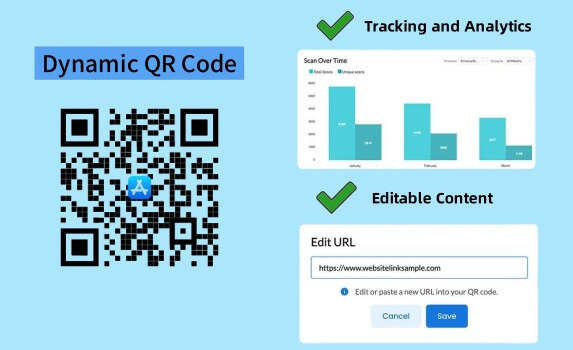
3. Conduct comprehensive testing
Conduct multiple tests before the event to ensure that the QR code can be successfully scanned by various devices and applications. Conduct simulated entry tests to ensure that staff are proficient in using scanning equipment and handling various situations.
4. Provide clear instructions for participants
Inform participants in advance through email, social media, or the event website how to obtain and use QR code tickets. Provide clear instructions, including how to use the electronic tickets and things to pay attention to when entering the venue.
In Conclusion
In conclusion, generating ticket QR codes using iMyFone QRShow is a simple and efficient process that can significantly enhance the ticket purchasing experience for both organizers and attendees. Whether you are hosting a small party or a large event, creating ticket QR codes has never been easier or more effective.






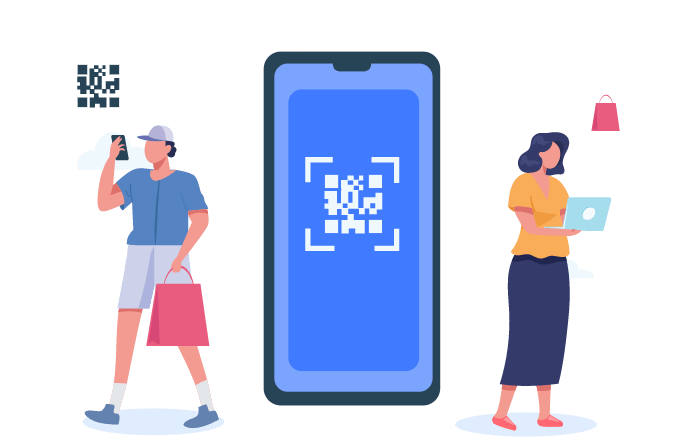


Rated Successfully!
You have already rated this article!